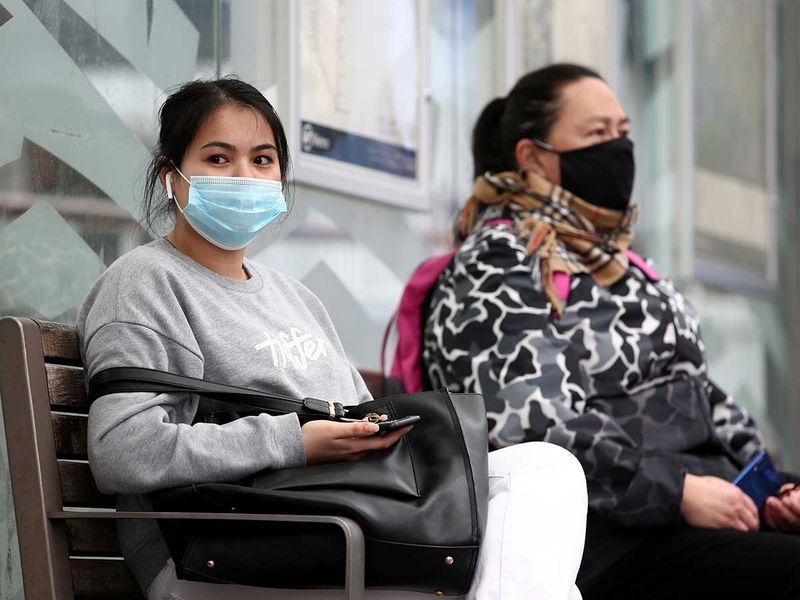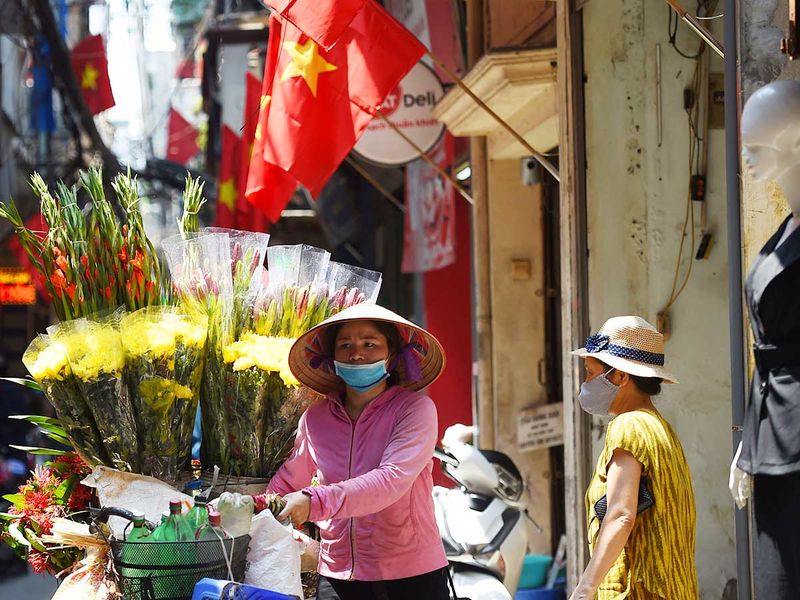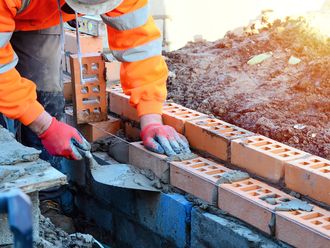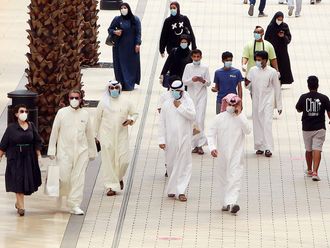
Dubai: At a time when COVID-19 is making a comeback in many European countries, Thailand has announced that it has completed 100 days without community transmission.
How did Thailand achieve this? Were they just simple steps that were adhered to by the public? Did the country continue its lockdown at the cost of the economy till it was sure that cases were wiped out? Or were there other factors that also played a significant role?
Thailand was the first country outside China to detect the coronavirus, on January 13. A national lockdown was imposed in March, but it was partially relaxed to allow businesses to reopen. Yet, there have been no signs of any community transmission since May 26.
The borders were strictly policed and were closed to foreigners for many months. Tourists are still bringing in infections, but the travellers are quarantined and are only allowed in after they have recovered.
But there was a price to pay. Thailand is heavily reliant on tourism, with about 20 per cent of its economy relying on this sector before the coronavirus struck. When the country shut its borders, the revenue from tourism was hit badly. Thailand had 40 million foreign tourists in 2019, but this year has seen only 7 million so far. Despite this, Thailand persisted with strict measures, something that other countries around the world did not do. Despite warnings from the World Health Organisation about the risks of reopening the economy without having a firm grip on the coronavirus, countries opened up, mostly due to domestic compulsions. The result is a second wave that is hitting much of Europe and many other countries around the world.
Along with tourism, the manufacturing sector in Thailand was also hit during the shutdown and the country faces one of the worst outlooks among emerging economies in Asia.
But is it just the tight borders and the shutdown that have helped cut the coronavirus cases in Thailand?
Did the geographical positioning of the country play an added role? Other countries in the Mekong Basin also share Thailand’s low rate of infection. Vietnam, Myanmar, Cambodia and Laos did well to keep the coronavirus at bay.
Did genetics or immunity have a role to play in fighting COVID-19? Or may be culture?
“It has to do with culture. Thai people do not have body contact when we greet each other,” said Dr Taweesin Visanuyothin, the COVID-19 spokesman for Thailand’s Ministry of Public Health, referring to the habit of greeting others with a wai, a prayer-like motion, instead of an embrace.
Perhaps the country’s early adoption of face masks also played a role, combined with a strong health care system. Early in the fight against the virus, Thailand put surgical masks and sanitisers under its list of controlled goods and approved a budget to produce millions of cloth masks in a matter of days for distribution around the country.
It is safe to say that a combination of many factors helped Thailand achieve 100 days without virus cases in the country – closed borders, disciplined people and a determined health system.
Thailand has reported 3,427 cases and 58 deaths due to the coronavirus.
What about other countries?
How did New Zealand keep the numbers low?
After the initial cases, New Zealand adopted a strict policy of closing its borders and enforcing a lockdown.
On March 19, New Zealand closed it borders to foreigners. The country gets about four million international visitors a year, nearly as many as its own population.

On March 23, Prime Minister Jacinda Ardern gave the country 48 hours to prepare for a lockdown. “We currently have 102 cases,” she said. “But so did Italy once.”
The measures worked. The lockdown was so strict that swimming at the beach and hunting in bushland were banned. Everyone had to stay at home for four weeks unless they worked in an essential job such as health care, or were going to the supermarket or exercising near their home.
“Act as if you have COVID-19,” the people were told. “This will save lives.”
While other countries were trying to slow the disease, New Zealand tried to stamp it out.
For 102 days, New Zealand managed to keep local infections to zero.
Was there a resurgence?
And then four cases were detected in Auckland, prompting a fresh lockdown on August 12.
The cluster of infections has since grown to around 150, a reminder that vigilance is the key to fight the coronavirus.
New Zealand has reported 1,759 cases with 22 deaths.
Why was there a surge in Vietnam?
Vietnam, with 1,046 cases and 35 deaths, is another success story of how the virus was contained. Experts say Vietnam acted early and decisively taking extreme but sensible measures.
In fact, even before the first case was detected, Vietnam had a plan in place so that its health system would not be overwhelmed. And when the first case was confirmed on January 23, the plan went into action.

The country brought in travel restrictions, closely monitored and then closed the border with China and increased health checks. Schools were closed from the end of January until mid-May. People who entered the country and those who had contact with a confirmed case were sent to quarantine centres for 14 days.
Vietnam did not have a total national lockdown, but it took decisive action on emerging clusters. Localised containment worked, as did the vigorous awareness campaign.
But, as in the case of New Zealand, scientists were stumped when a new outbreak was revealed in Da Nang, after 99 days of no local transmissions. The country acted fast, again, and flew out 80,000 visitors from the city. Researchers say the virus could have gone undetected during the months there were no reported cases, and likely transmitted asymptomatically in the community.
Why are the numbers dipping in Pakistan?
The explanations end here. After months of rising coronavirus cases in Pakistan, the number of infections has plummeted in recent weeks, with COVID-19 deaths hovering in single digits each day. A total of more than 295,000 people have been infected by the coronavirus in the country resulting in about 6,330 deaths.
During the peak of the infection, Pakistan too had imposed a lockdown, but opened up gradually. Restaurants and parks have reopened, and people are flocking back to theatres and malls. Schools and universities are set to reopen later in September.
Numerous hypotheses have been offered for the fall in numbers, including the weather, the young population and claims of natural immunity. None have been proven.
But as has been shown in the case of New Zealand and Vietnam, the virus needs just a toehold to play havoc. A vigilant health system and people who adhere to social distancing rules can help keep the numbers down.











